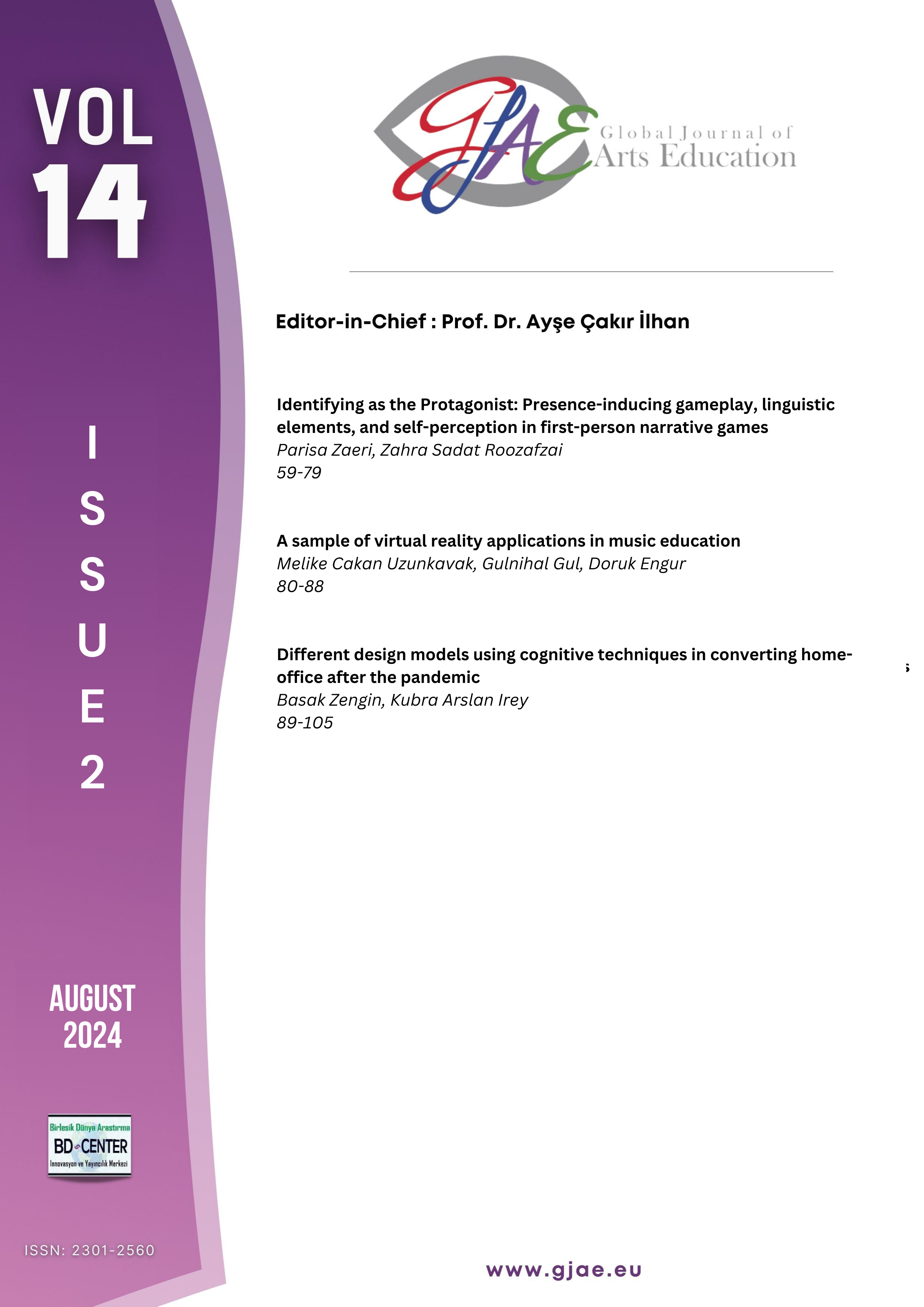Different design models using cognitive techniques in converting home- office after the pandemic
Main Article Content
Abstract
The Covid-19, which has been under the influence of world, has caused great changes in the lifestyle of individuals. The quarantine period, implemented as part of measures taken due to the pandemic, has increased the time individuals spend in their residential units, causing notable shifts in the quality of spaces where most of the day is spent. New workspaces have been created for educational and work purposes within residential units, or existing spaces have been enhanced. The changes in the education and work methods of many individuals during the pandemic have necessitated the emergence of a new space within residences, posing a design problem. In this study, participants approach the solution to the problem from a cognitive perspective. The Six Thinking Hats cognitive technique, with six different colored hats representing six different user-designer profiles, is employed as a cognitive approach to the problem. These symbols, representing abstract concepts and characters, are utilized in the spatial design process, depicting the interactive transformation of design spaces into three-dimensional objects within the living space. The context used here could serve as a methodological proposal open to further development in the fields of design and education sciences.
Keywords: Covid-19 outbreak, living rooms, study room, six hats technique.
Downloads
Article Details
Authors who publish with this journal agree to the following terms:
- Authors retain copyright and grant the journal right of first publication with the work simultaneously licensed under a Creative Commons Attribution License that allows others to share the work with an acknowledgement of the work's authorship and initial publication in this journal.
- Authors are able to enter into separate, additional contractual arrangements for the non-exclusive distribution of the journal's published version of the work (e.g., post it to an institutional repository or publish it in a book), with an acknowledgement of its initial publication in this journal.
- Authors are permitted and encouraged to post their work online (e.g., in institutional repositories or on their website) prior to and during the submission process, as it can lead to productive exchanges, as well as earlier and greater citation of published work (See The Effect of Open Access).

